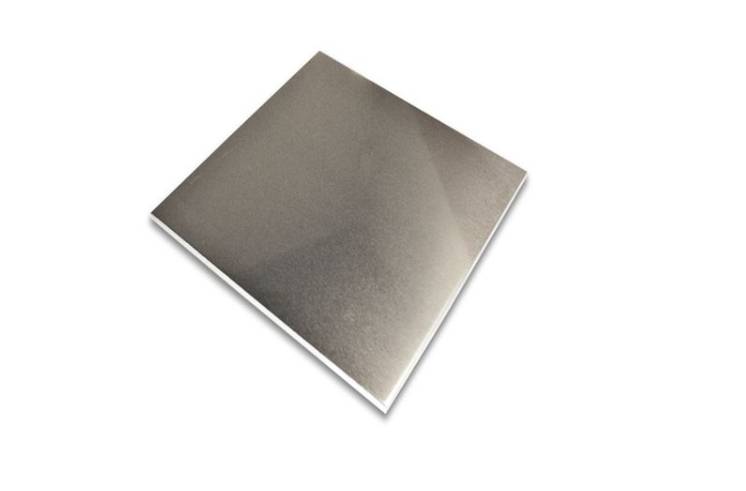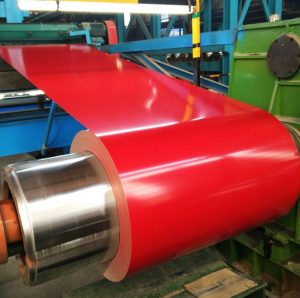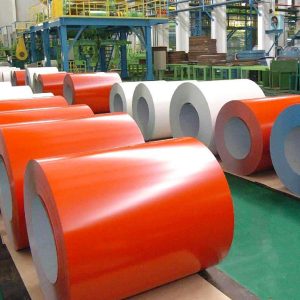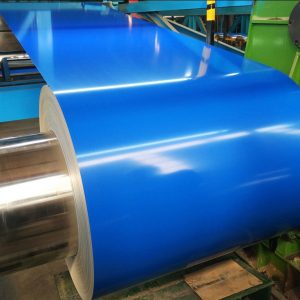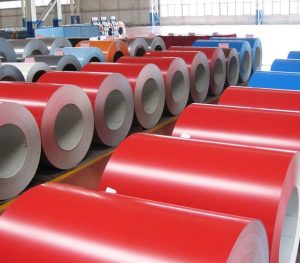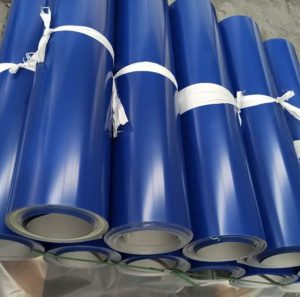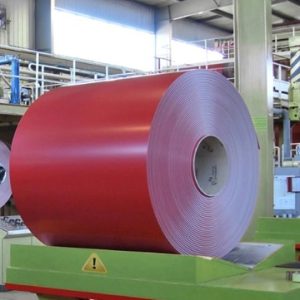Choosing the right aluminum plate is crucial for many industries. This guide explores everything about metric aluminum plates, from specifications to practical applications. Whether you’re a manufacturer or an engineer, understanding these details can help you make informed decisions.
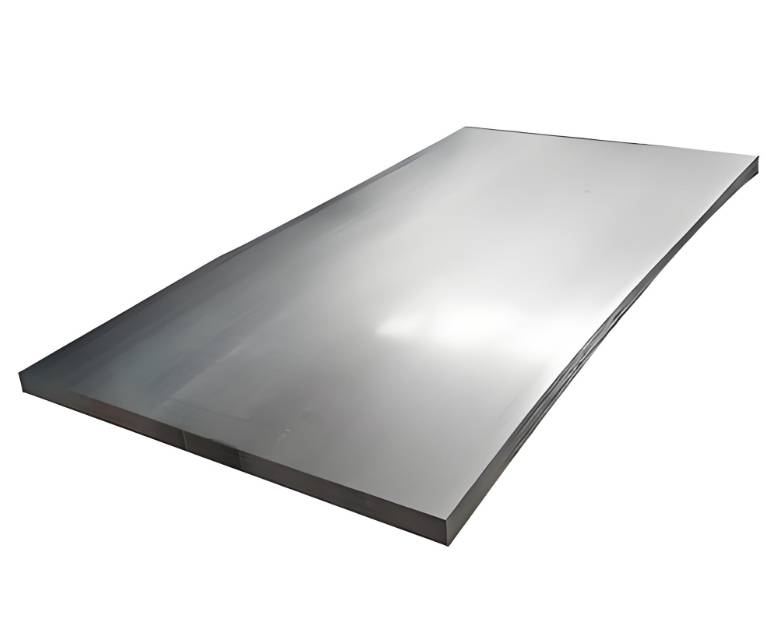
What Is a Metric Aluminum Plate?
A metric aluminum plate is a flat, solid sheet made from aluminum alloy, measured in metric units. These plates are widely used due to their lightweight, iraunkortasun, and corrosion resistance. They are available in various thicknesses, zabal, and lengths, conforming to international standards.
Related LSIs: aluminum sheet, aluminum alloy plate, metric measurements, industrial aluminum
Why Choose Metric Aluminum Plates?
Problem: Many industries struggle to find the right aluminum plates that meet their specific needs.
Solution: Metric aluminum plates offer standardized sizes and high-quality materials, making them versatile and reliable.
Case: For example, aerospace companies prefer metric aluminum plates for their precision and strength, ensuring safety and performance.
According to a 2022 report, the global aluminum market is expected to reach $200 billion by 2025, with metric plates accounting for a significant share (Source: Aluminum Association).
Comparing Metric Aluminum Plates: Projects A vs. B
| Bereizgarri | Project A (Standard Aluminum Plate) | Project B (Metric Aluminum Plate) |
|---|---|---|
| Measurement System | Imperial | Metric |
| Thickness Range | 1/8″ to 6″ | 3mm to 150mm |
| Standard Sizes | Custom, less standardized | Conforms to ISO standards |
| Cost | Slightly higher | More affordable due to mass production |
| Availability | Limited, regional | Widely available worldwide |
Note: The table highlights how metric aluminum plates streamline procurement and improve consistency across projects.
How to Select the Right Metric Aluminum Plate
Oinkatu 1: Determine your application requirements—load capacity, Korrosioarekiko erresistentzia, or weight constraints.
Oinkatu 2: Choose the appropriate alloy type, such as 6061 or 5052, based on strength and flexibility needs.
Oinkatu 3: Decide on the thickness and dimensions, considering the project specifications.
Oinkatu 4: Verify compliance with international standards (ISo, Am m).
Oinkatu 5: Source from reputable suppliers with quality certifications.
Tip: Always request material certifications to ensure the aluminum plate meets your standards.
Common Mistakes to Avoid When Buying Metric Aluminum Plates
⚠️ Warning: Do not assume all aluminum plates are equal—check material certifications.
⚠️ Warning: Avoid choosing plates solely based on price; quality is crucial for safety.
⚠️ Warning: Don’t ignore the compatibility of dimensions with your machinery—measure twice!
Personal Experience: I once ordered a batch of aluminum plates without verifying the alloy type. It caused delays and extra costs due to incompatibility with existing equipment.
Practical Applications of Metric Aluminum Plates
- Aeroespiazio: Light yet strong components
- Automatismo: Structural parts and panels
- Zoru: Corrosion-resistant hulls and fittings
- Eraikuntza: Architectural features and supports
These plates are favored for their uniformity and ease of fabrication, making them ideal for diverse uses.
Operational Guide: How to Work with Metric Aluminum Plates
- Measure accurately: Use calipers for precise thickness and dimension measurements.
- Cut with proper tools: Use a high-speed aluminum blade or CNC machine for clean cuts.
- Drill and weld: Follow manufacturer guidelines to avoid material damage.
- Finish surfaces: Sand or polish for aesthetic or functional purposes.
- Inspect thoroughly: Check for cracks, warping, or surface defects before use.
Following these steps ensures optimal performance and longevity of your aluminum components.
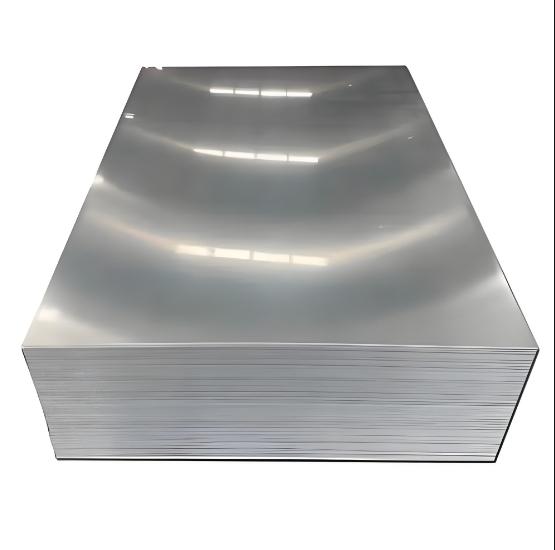
Conclusion and Final Tips
Choosing the right metric aluminum plate requires understanding your project needs, material specifications, and supplier reliability. Always prioritize quality certifications and proper measurements. Remember, investing in the correct plates enhances safety and efficiency.
Operational Checklist for Metric Aluminum Plate Selection
- Define project requirements (load, environment, dimensions)
- Select suitable alloy type (E.G., 6061, 5052)
- Determine appropriate thickness and size
- Verify supplier certifications and standards compliance
- Request material test reports and certifications
- Confirm dimensions match equipment specifications
- Inspect the delivered plates for defects
- Document batch numbers and certifications for traceability
Final Words
Understanding metric aluminum plates’ specifications and applications can significantly impact your project’s success. By following this guide, you can make smarter choices that save costs and enhance quality. Remember, always prioritize safety and standards compliance.


